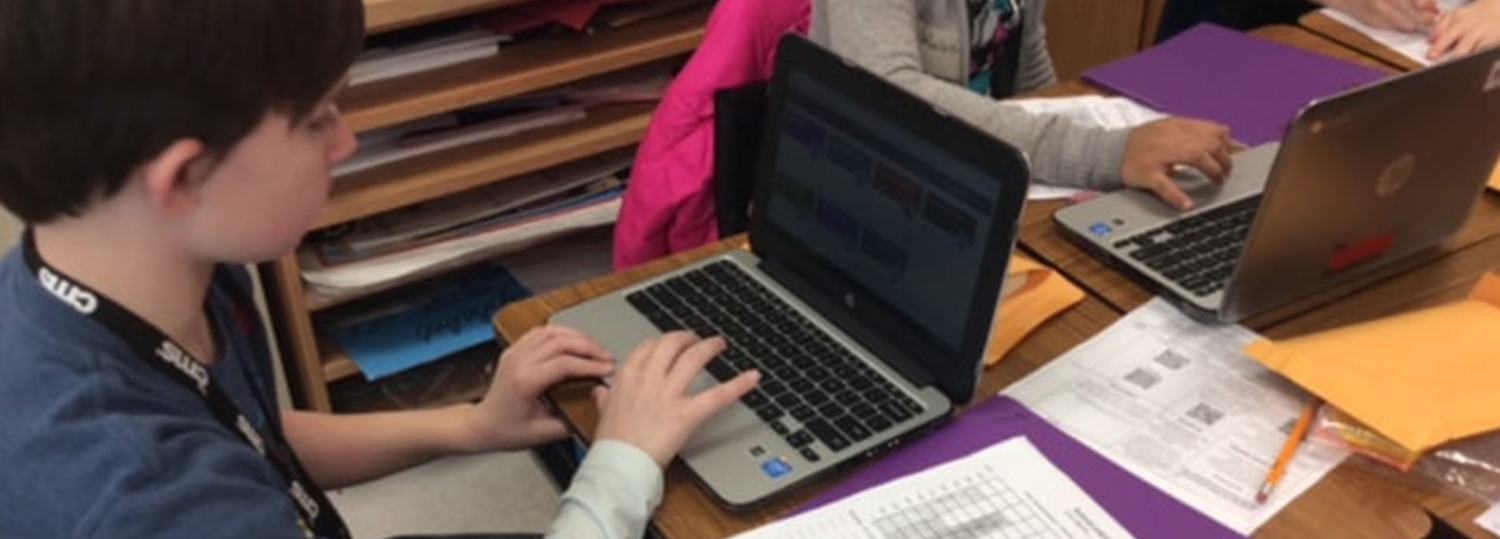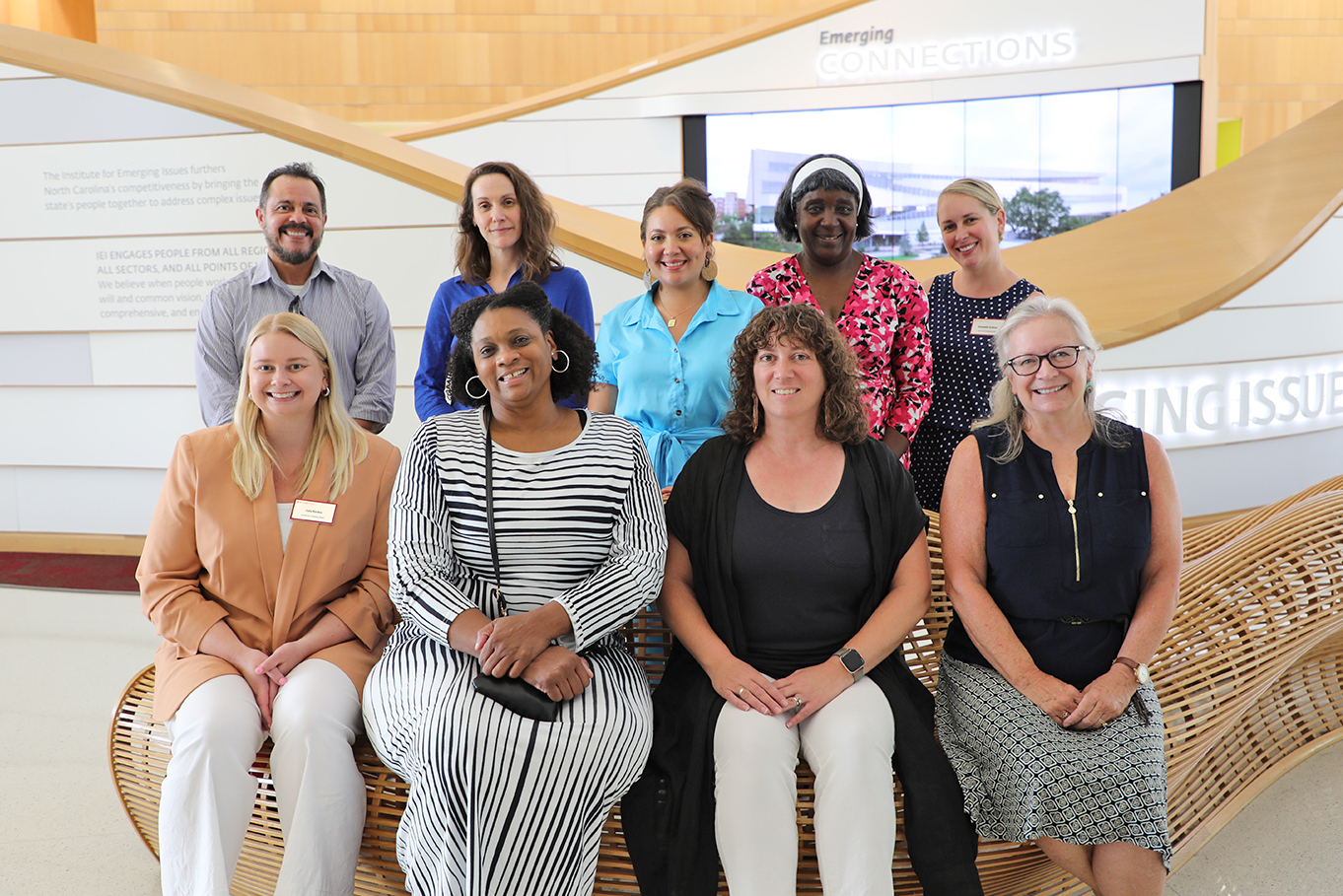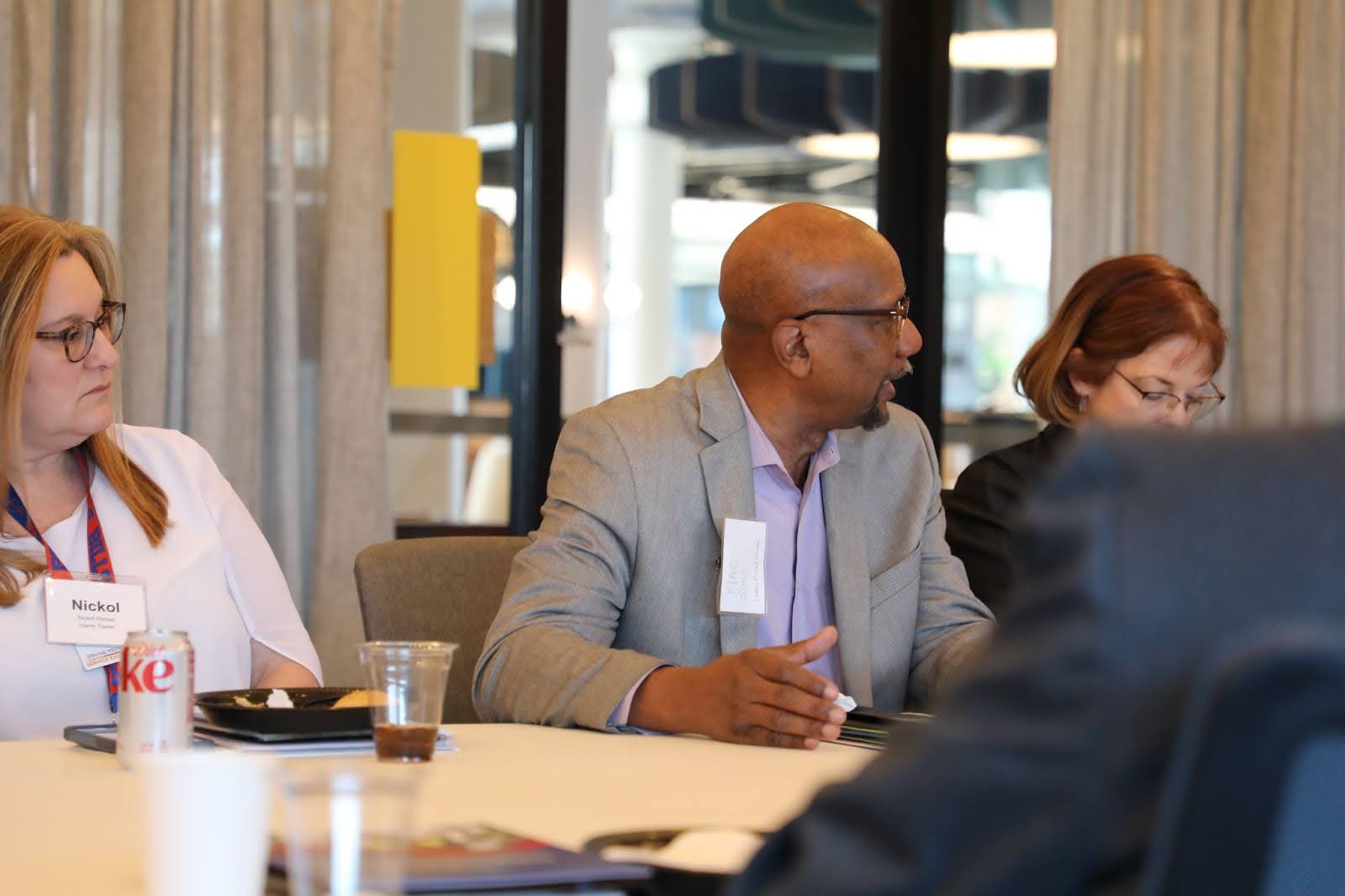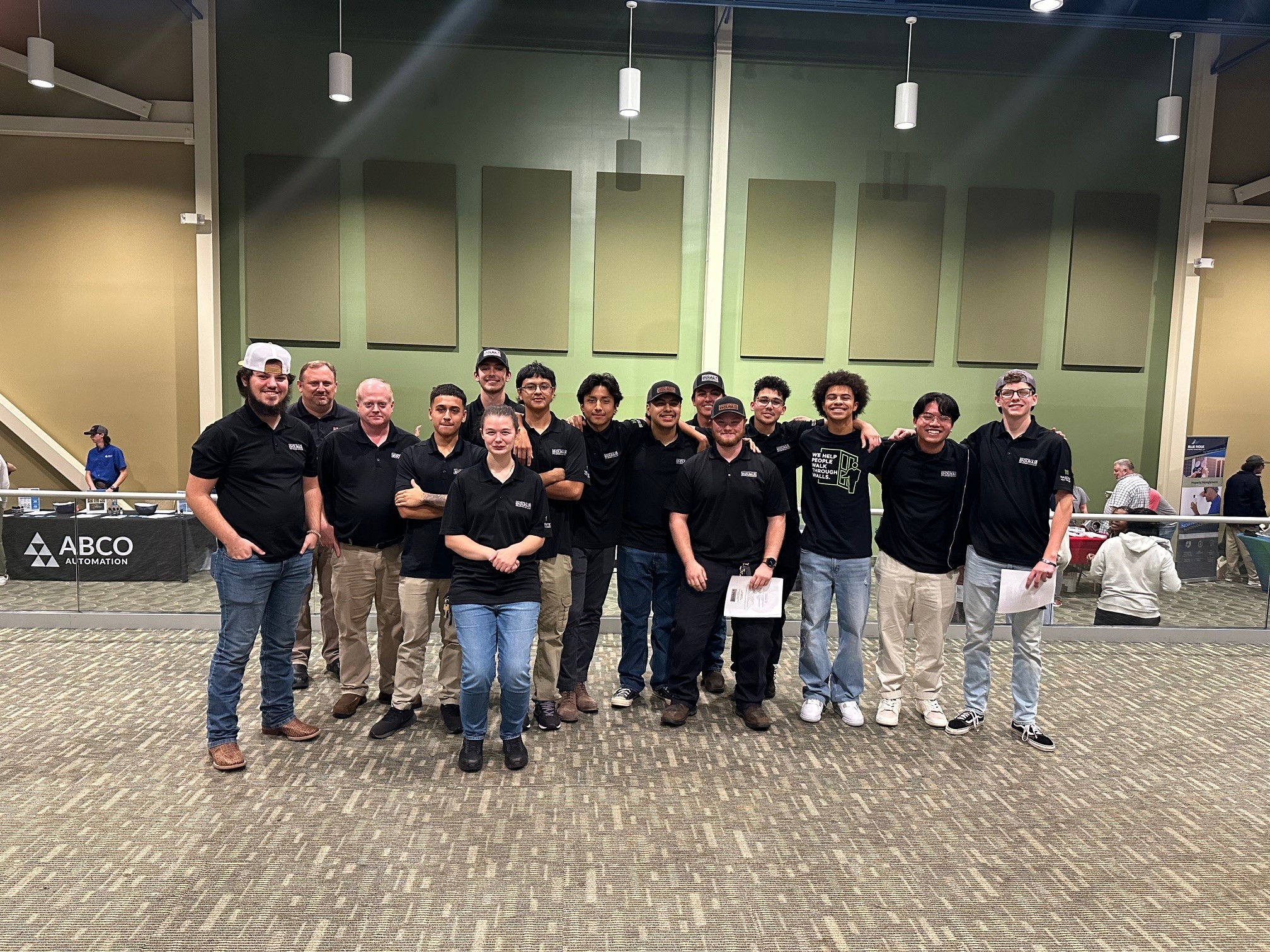Charlotte Digital Inclusion Alliance (Reconnect to Technological Opportunity)

As the city of Charlotte prepared to become a gigabit city, the Charlotte Digital Inclusion Alliance (CDIA) emerged as a strategic head, responsible for developing a comprehensive plan for digital inclusion. This work entailed a mixture of outreach and research, synthesizing the plans and lessons of other cities, with the specific needs of Charlotte’s diverse populations. Now, the CDIA’s membership is diverse, ranging from libraries, educational institutions, government agencies, charitable organizations, and various technologists, but these members are unified by a common belief: the capacity to access and navigate the internet is an essential component to modern life (e.g. employment, communication, education) and therefore “it is not a luxury, but basic human right.”
Chief convener of the Alliance, Seth Ervin, describes how his work at the library has given him a nuanced understanding of the digital divide. Libraries act as “anchor institutions” designed to serve “whole communities” from “children, students, adults and the elderly;” furthermore they serve as essential resources for impoverished and marginalized members of these communities. Recalling the past year, in which the physical space of the library had to remain closed, he said, “We saw a lot of people sitting outside our libraries, which were closed due to COVID… out there all day just so they can use our WiFi connection with their laptops, outside [regardless of whether it was] cold, hot… they needed that access.”
Without reducing the problems of systemic inequality (and by extension, poverty) to one single cause, CDIA recognizes the “digital divide” as a pervasive barrier that prevents marginalized citizens from participating in modern society. As many businesses have shuttered their doors in response to the pandemic, the divide blocks adaptive necessities, such as telework, telehealth, and the development of technical skills that can lead to higher paying jobs.
In this respect, the pandemic has “really shined a light on the digital divide.” Consequently, numerous stakeholders, ranging from governments to non-profits and corporate partners, are starting to rally around the problem. Seth sees this a cause for hope: “We have to approach this problem systematically… we [as a society] have the resources… The question is: are we ready to address the problem collaboratively? Because that’s the only way it’s going to get done.”
As a governing principle, the CDIA believes that in order to effect meaningful change, the would-be agents of that change must not arrive with a solution beforehand. They must involve the marginalized community in both the diagnosis of the problem and the development of tailored solutions. Seth warns that when an intervention is deployed without involving the targeted community, “it has the potential to do more harm than good.” Paradoxically, even though the need is urgent, in order to address more entrenched problems, one needs to “slow down and learn about the community” before committing to a course of action.
Returning to the CDIA as a space of intellectual confluence, its effectiveness arises from a careful consideration of a problem’s context together with a creative envisioning of technological solutions and organizational partnerships. The Charlotte Mecklenburg Library’s (CML) collaborations with CDIA have led to cost effective and wildly innovative solutions.
As a library, CML is acutely aware of citizens who don’t have home computers of their own. Through various connections, they are also aware that many seemingly obsolete computers are discarded each year because they are unable to use the most recent iterations of Windows. Reconciling these details, CML realized that through a partnership with MeckTech that they could refurbish a number of these machines with a leaner, Linux OS. In this state, these machines could accommodate basic internet browsing and office work, while costing far less than a Windows PC or Mac. Though impactful, this first solution is not nearly as wild as the one that follows.
The groups of people standing outside the library for WiFi access are barely the tip of the iceberg. In the outskirts of uptown Charlotte, there are “tent cities” filled with homeless, many of whom are displaced by the effects of COVID-19. Representing some of the most vulnerable populations, these communities are largely cut off from internet access. As these camps are regularly dispersed, the library had little direct means to offer assistance. But through the connections of the alliance, they realized an outlandish possibility.
Project Outpour and Hope Vibes offer essential services to homeless populations, operating trucks that serve as mobile shower and laundry stations. They go where they are needed, and these vulnerable populations gather near them. Recognizing the possibilities of this arrangement, the library paid to have WiFi hubs installed in each of these vehicles, so that the populations around them would have access to free internet. And the library was only able to realize this possibility because they understood the circumstances of this community, the various actors in play, and a specific technology that could help them.
This novel solution will help (within its capacities) a marginalized population, but it also has a power that well exceeds the range of those trucks. It is an idea that can be replicated wherever it is needed. The digital divide will never be conquered by a single idea. It is ever-specific, yet ever-shifting. As such, it will require many solutions, some even more radical than this one. To germinate these solutions, we require nexuses like the CDIA: spaces where technologists, activists, communities, and the desire to effect a better future all resonate together.
Written by Chris Kampe.
- Categories:


